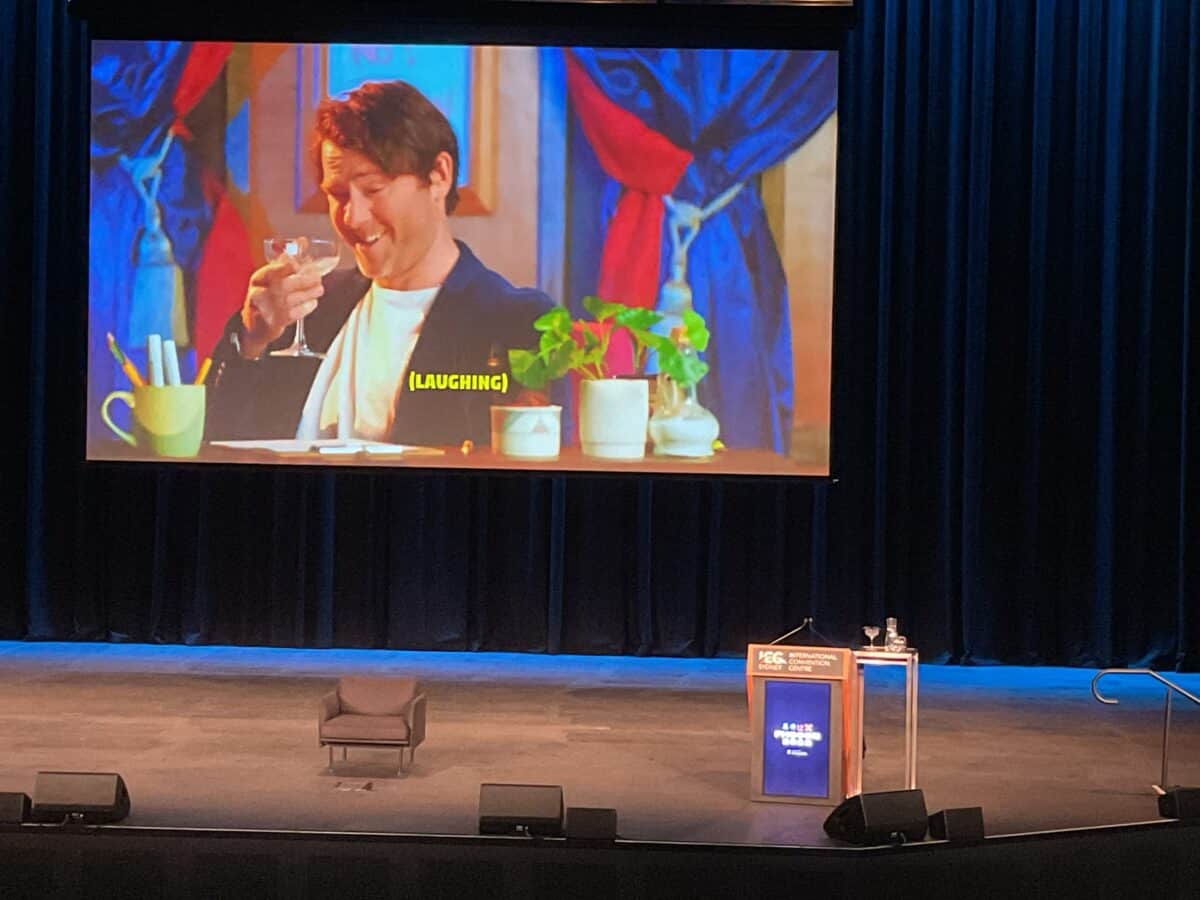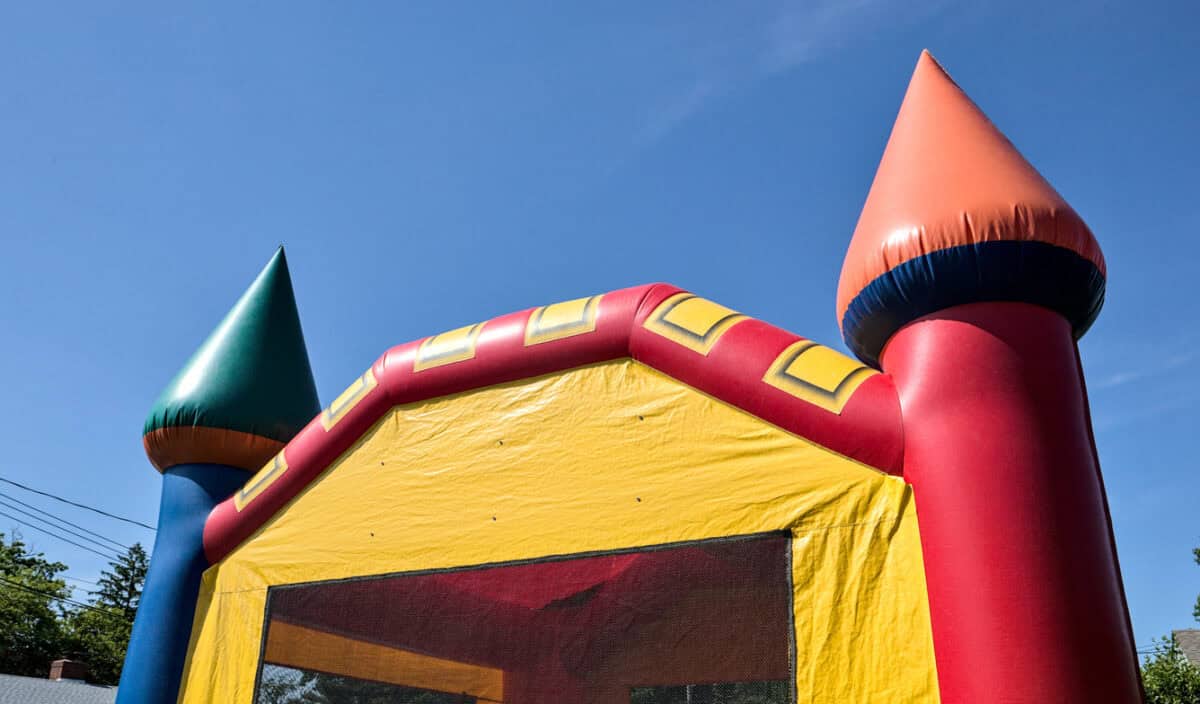In an era where employee mental health is increasingly recognised as critical, organisational psychologist Adam Grant offered useful insights into creating healthier, more productive workplaces at the Psych Health and Safety conference (PHSCon) in Sydney.
Grant argued that investing in employee well-being is not just a compassionate gesture but a strategic imperative. Companies must move beyond superficial benefits and focus on fundamental work design that empowers employees and supports their psychological health.







